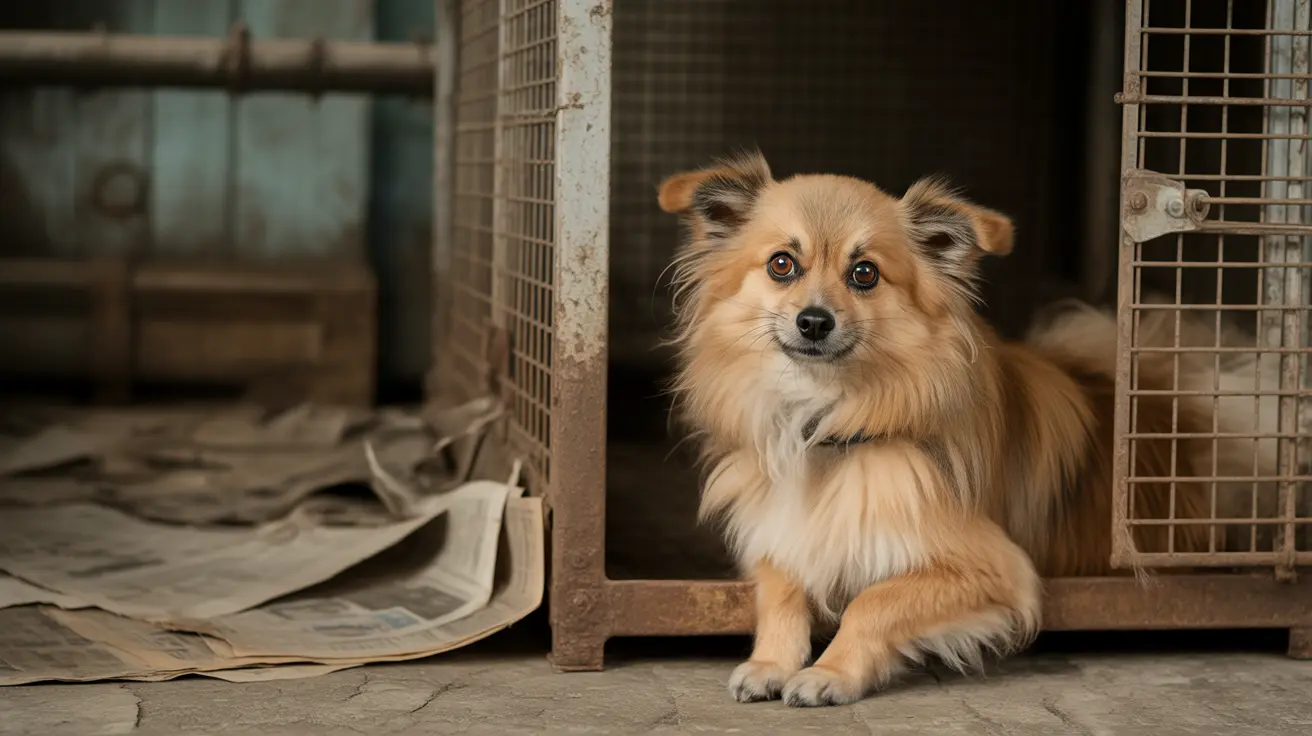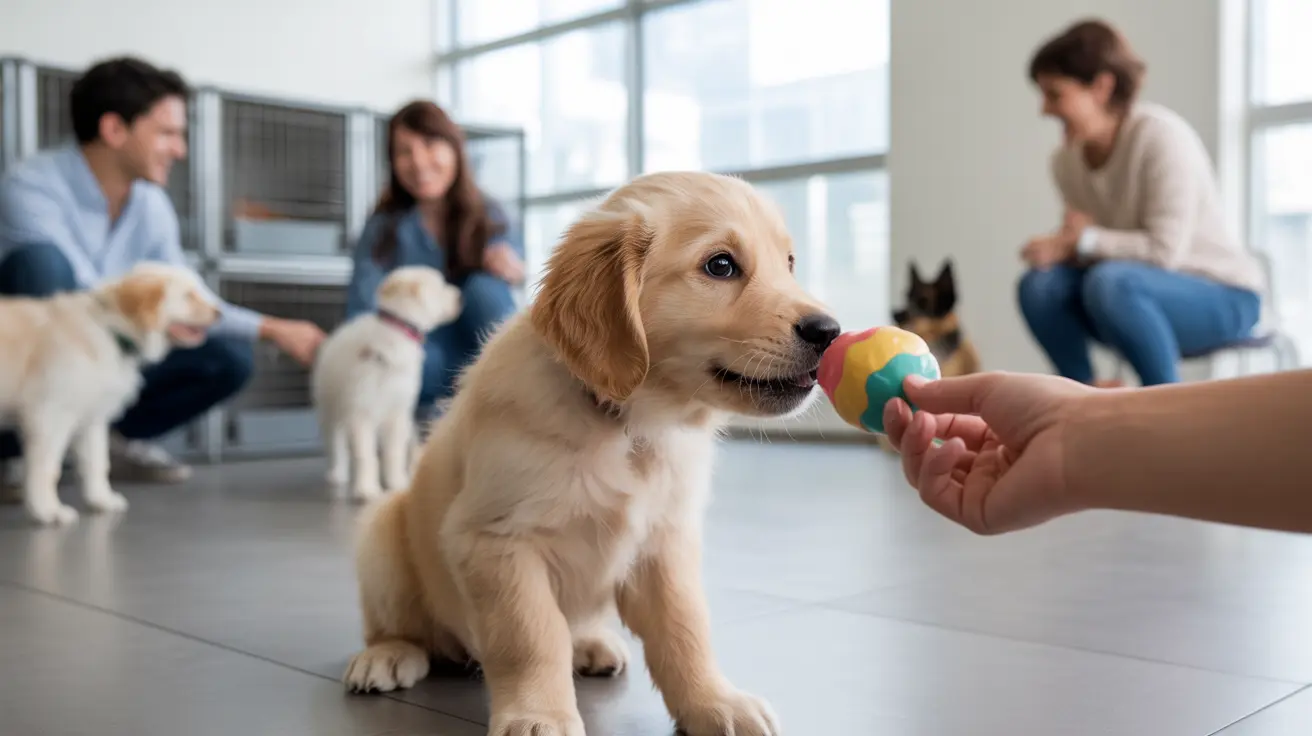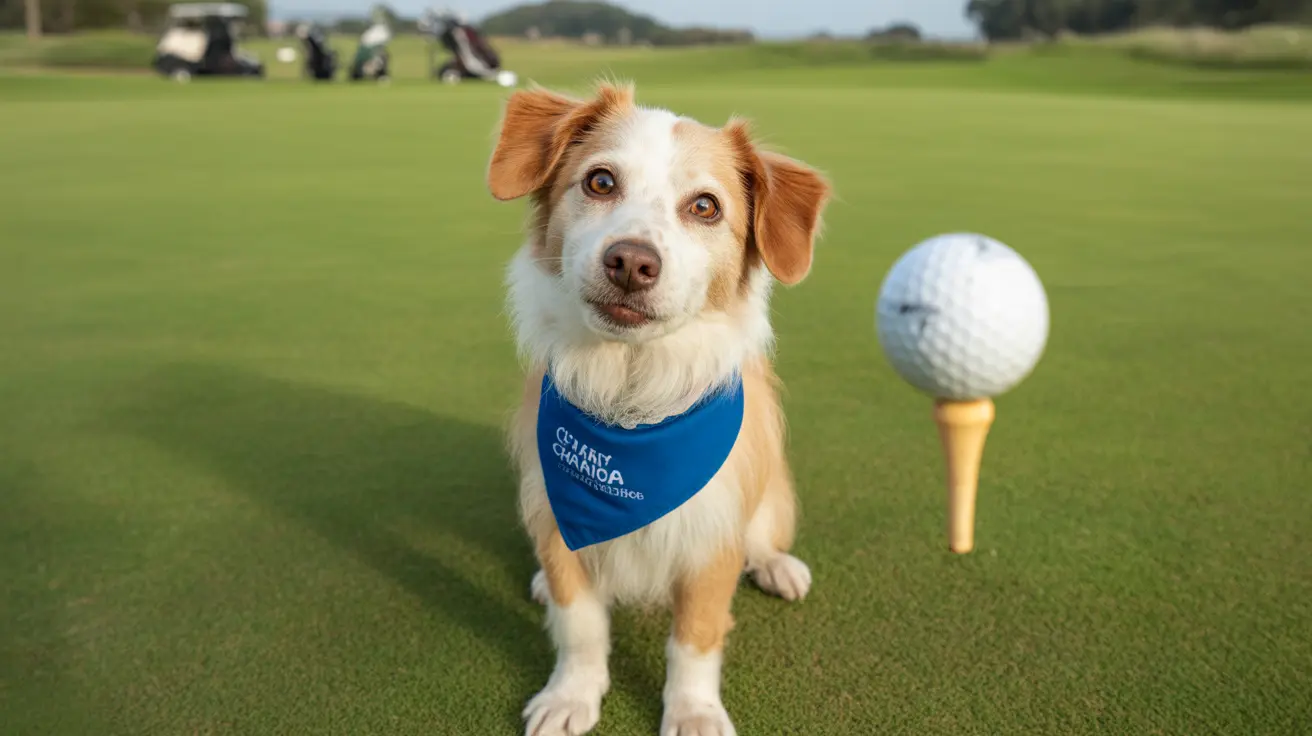Choosing the Best Harness for Small Dogs
When you’re shopping for a harness for your small dog, comfort and safety should always come first. Small breeds have delicate frames and necks, so picking the right harness isn’t just about style—it’s about protecting your pup from injury and ensuring every walk is enjoyable.
Why Harness Fit Matters for Small Dogs
Small dogs often have unique body shapes: think long torsos, barrel chests, or petite necks. That means a one-size-fits-all approach doesn’t work. A poorly fitting harness can cause chafing, restrict movement, or even let your dog slip free. Worse yet, if it’s too tight around the neck or chest, it can lead to discomfort or injury—especially in breeds prone to tracheal collapse.
Types of Harnesses Suited for Small Breeds
- Step-in Harnesses: These are easy to put on—just lay them on the ground and let your dog step in. They buckle at the back and are perfect for fidgety pups who dislike things going over their heads.
- Vest-style Harnesses: These offer extra padding and distribute pressure across the chest rather than the throat. They’re ideal for tiny dogs needing gentle support.
The best materials are lightweight mesh or padded nylon—breathable enough for daily wear but sturdy enough to last.
How to Measure Your Dog for a Proper Fit
You’ll want to measure two key spots:
- Chest girth: Wrap a tape measure just behind your dog’s front legs.
- Neck circumference: Measure around the base of your dog’s neck where a collar would sit.
The harness should be snug but not tight; you should be able to slip two fingers under each strap comfortably. Adjustable straps are crucial since small breeds vary so much in shape and size.
Features to Look For
- Padded sections to prevent rubbing under armpits.
- Reflective trim for nighttime visibility.
- Dual leash attachment points: front (for no-pull training) and back (for regular walks).
- Durable buckles, especially if your dog pulls or chews.
- Easy-to-clean materials, since small dogs often wear their harnesses all day.
No-Pull Options and Training Benefits
If your little dog tends to pull on walks, consider a no-pull harness with both front and back clips. The front clip helps redirect pulling without putting pressure on their delicate necks. Always check that these harnesses don’t cause discomfort—some breeds are more sensitive than others.
Avoiding Common Problems
Poor fit is the most frequent issue: too loose means escape risk; too tight causes chafing or restricted movement. Difficult application can frustrate both you and your pup, so look for simple designs like step-in styles. Lack of adjustability is another pitfall—always choose models made specifically for small frames with multiple adjustment points.
Highly Recommended Models by Reviewers and Trainers
- Ruffwear Front Range Harness: Short length, great comfort, easy use—especially good for boxy or short-bodied small dogs.
- Non-Stop Dogwear Line Harness 5.0: Offers precise sizing options; supports freedom of movement without bulk.
- PetSafe Easy Walk Comfort Harness: Budget-friendly yet padded and adjustable; fits many small breeds well.
- Puppia Soft Mesh Harness: Lightweight over-the-head design; ideal for toy breeds or those who dislike buckles near their legs.
- ECOBark Step-in Mesh Harness: Especially good for teacup-sized pups who need something ultra-lightweight but secure.
- Gooby Escape Free Easy Fit Harness: Designed specifically to prevent slipping out—a common concern with wiggly little dogs!
If you have an especially tiny breed (XXS/XXXS), double-check that any model offers these sizes before buying. For growing puppies or dogs who gain/lose weight easily, re-measure regularly to ensure continued comfort and security.
Caring for Your Dog's Harness
Launder harnesses regularly using mild detergent; let them air dry completely before use. Inspect frequently for signs of wear—especially if your pup likes to chew! Replace any worn parts promptly to avoid unexpected escapes during walks.
Troubleshooting Fit Issues
- If you notice chafing under the arms or restricted shoulder movement, loosen the straps slightly or try another style better suited to your dog’s build.
- If your dog seems uncomfortable or panicked when wearing a new harness, introduce it gradually with treats and praise until they associate it with positive experiences outside.
If you’re ever unsure about sizing or fit, consult a veterinarian or professional trainer—they’ve seen it all before!
The Bottom Line: What Makes a Great Small Dog Harness?
The best harness keeps your small dog safe without sacrificing comfort or freedom of movement. Step-in mesh or vest-style designs with adjustable straps are most frequently recommended by trainers and veterinarians alike because they’re easy to use, gentle on delicate bodies, and secure enough even for energetic pups. With careful measuring—and attention to detail—you’ll find the perfect fit that lets both you and your furry friend enjoy every adventure together!





